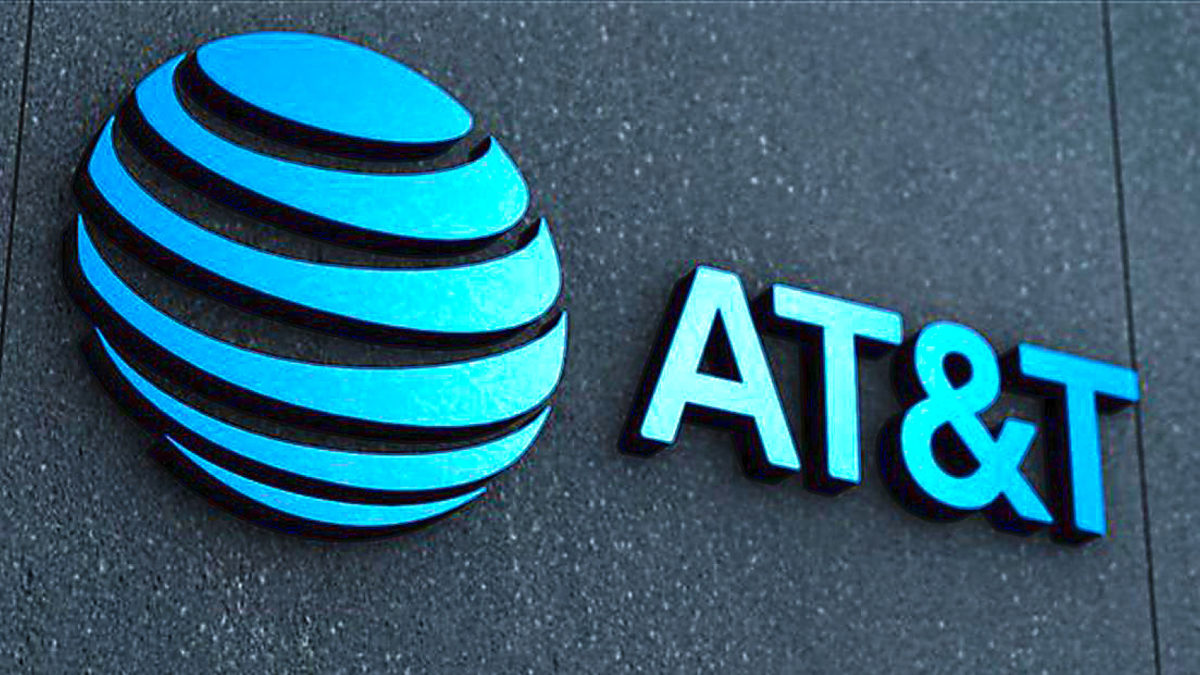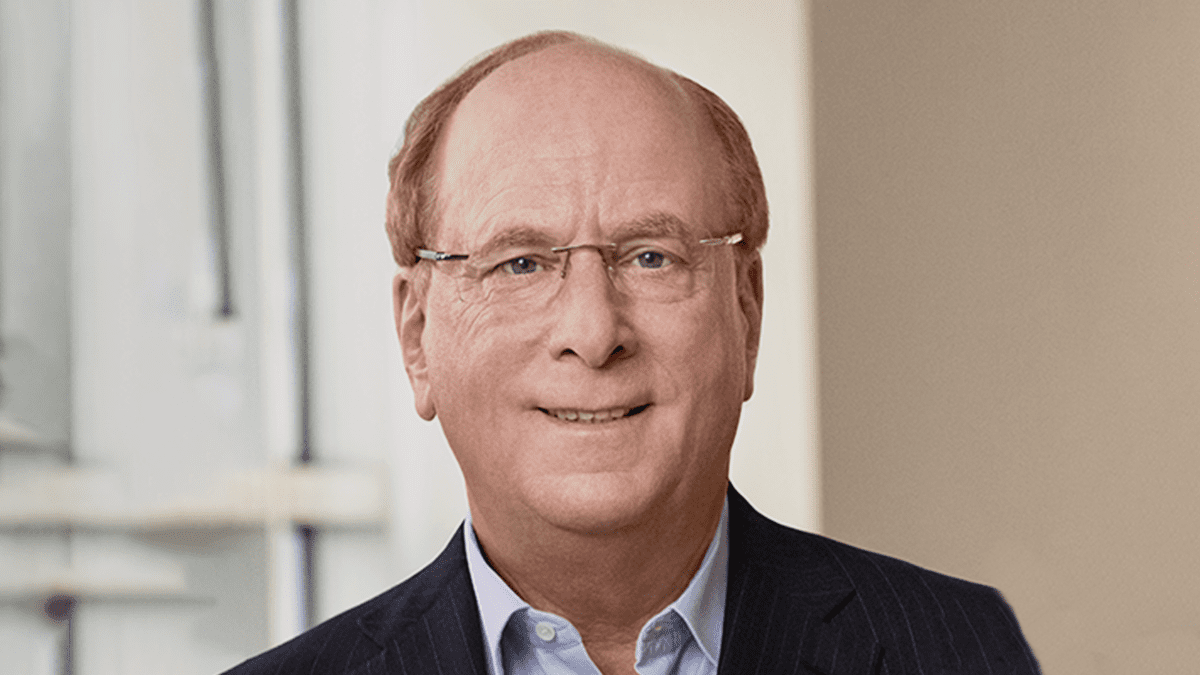Dividend seeking – AT&T the new TLS?
The venerable AT&T, with its beginnings traced back to Alexander Graham Bell in 1877, is the Telstra of the United States. It is the largest provider of mobile and fixed telephone services, not only in the US, but in the world, going by total revenue. AT&T also provides Pay-TV services through DirecTV. So, you could say it is a wee bit bigger than Telstra, but it operates in much the same way. With a market capitalisation of US$200 billion ($286 billion) and revenue of US$170 billion ($243 billion), the company is more than eight times the size of Telstra’s market capitalisation of $34 billion. So why have we compared it to Telstra?
AT&T recently posted weak first-quarter numbers, with revenue falling 5% annually to US$42.8 billion ($61.1 billion), which fell short of the US$44.2 billion ($63.1 billion) that analysts’ consensus expected. COVID-19 reduced earnings by roughly US$600 million ($860 million). While AT&T’s numbers did not shoot the lights out, investors have begun eyeing the stock for another compelling reason: its yield. Since the pandemic, shares have pulled right back from the pre-COVID levels of US$44 to around US$28 a share, a near-halving. This means AT&T’s yield sits at an attractive +7% based on its quarterly dividend. Telstra offers a 6% dividend yield, including franking credits.
Should investors buy AT&T for that fat dividend, or are its soft numbers too much to ignore?
Now, we all know dividends are an important component of a portfolio, providing a constant stream of income to investors, and slightly more than half the long-term total return. But they also tell us something important about the company. Collecting a cool 7% on a company that has said it remains committed to paying this kind of level, reflects positively on the company’s balance sheet. Despite the share price fall and consensus miss, the company has more than sufficient cash on hand, of around US$17 billion ($24.3 billion). AT&T has increased its dividend every year for the last 35 years. That should give you some confidence in its ability to continue doing so. In-fact AT&T has been labelled a “Dividend Aristocrat.” Yes, there’s actually a name given to companies in the S&P 500 that have raised their dividend payout ratio for 25 straight years. Being a member of the elite royal dividend family, it’s highly unlikely that AT&T will cut its payout ratio unless it finds itself paddling up a creek without a paddle.
What about its business operations?
COVID-19 had a material effect on AT&Ts financials, of about US$2.8 billion ($4 billion). To add to that difficulty, wireless subscriber base growth softened, its Entertainment Group (pay TV) was loss making and Warner Media was hit by the pandemic, posting a 12% annual drop in revenue. This meant the telco depended on its mobile business to do most of the heavy lifting. While it could not offset losses, it was resilient.
Irrespective of the soft result, CEO Randall Stephenson said he was “committed” to paying the dividend, and that the company had withstood “a lot of other crises before.” At a forward price/earnings (P/E) ratio of 9 times expected earnings, the stock is cheap, and its yield is safe for now.









